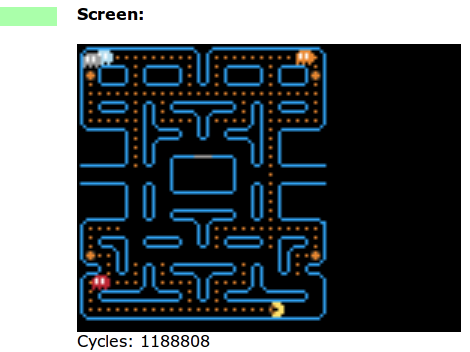
Sparkfun Electronics has launched an educational web site with a full curriculum of classes being held at Sparkfun Headquarters. If you don’t live nearby, no problem. You can download the entire curriculum as well. It appears that they will have a tutorial section for those who prefer a per-project approach, but that area is still “coming soon”. We love to see people educating others. Good job Sparkfun, looking forward to seeing more content on there.










Recent Comments